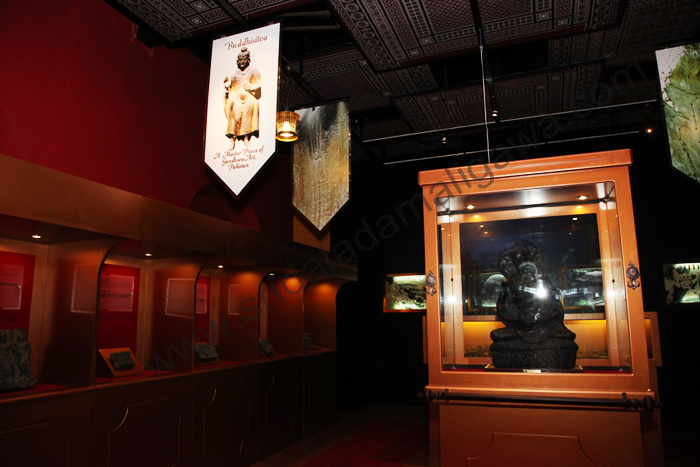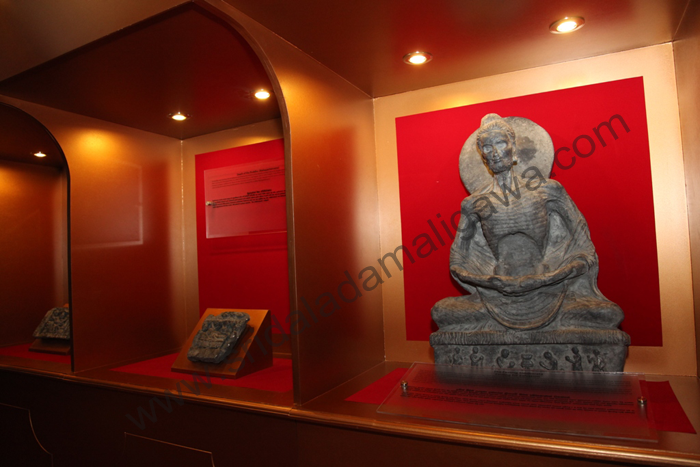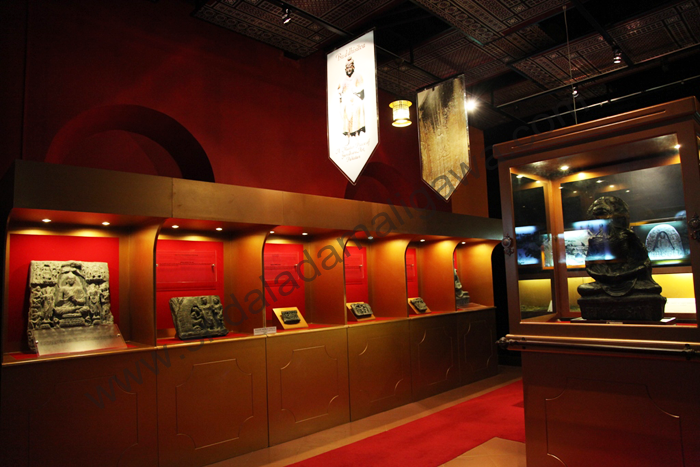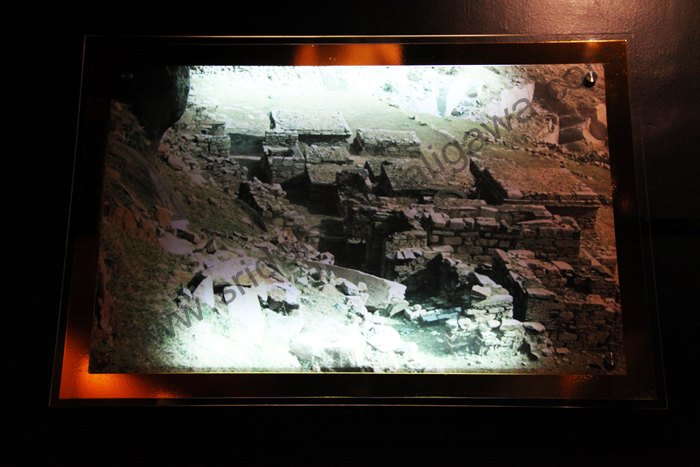Pakistan |
The region that is today known as Pakistan once had a large Buddhist population, with the majority of people in Gandhara (present day Southern Khyber Pakhtunkhwa) being Buddhist. Gandhara was largely Mahayana Buddhist, and was also a stronghold of Vajrayana Buddhism. The Swat Valley, known in antiquity as Uddiyana, was a kingdom tributary to Gandhara. There are many archaeological sites from the Buddhist era in Swat.
The Buddhist sage Padmasambhava is said to have been born in a village near the present day town of Chakdara in Lower Dir District, which was then a part of Uddiyana. Padmasambhava is known as Guru Rinpoche in Tibetan and it is he who introduced Vajrayana Buddhism in Tibet.
Buddhism was also practiced in the Punjab and Sindh regions.
Gandhara remained a largely Buddhist land until around 800 AD, when the Pashtun people invaded the region from Southern Afghanistan and introduced the Islamic religion.
Most Buddhists in Punjab reverted to Hinduism from 600 AD onwards. Buddhism was the faith practiced by the majority of the population of Sindh up to the Arab conquest by the Umayad Caliphate in 710 AD.
Gandhara remained a largely Buddhist land until around 800 AD, when the Pashtun people invaded the region from Southern Afghanistan and introduced the Islamic religion.
Most Buddhists in Punjab reverted to Hinduism from 600 AD onwards. Buddhism was the faith practiced by the majority of the population of Sindh up to the Arab conquest by the Umayad Caliphate in 710 AD.





